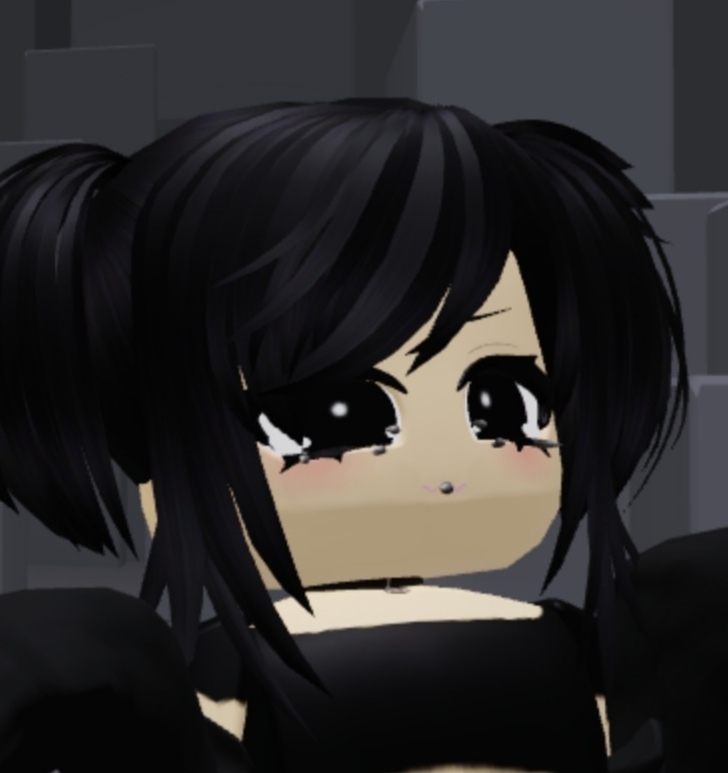Topic 3 classfication of movements
Cards (30)
- What are the two major classification of movements?
- What are basic locomotor movements?
- Basic locomotor movements can be combined with specific patterns for variations, give some:
- Walk is? The heel touches?
- When moving forward? which comes first? in walking backwards ans sideward which comes first?
- What is run?
- at one phase of the run, what happens to both feet?
- Leap
- Hop
- Jump
- Skip
- Slide
- Gallop
- WHAT ARE BASIC NON-LOCOMOTOR/AXIAL MOVEMENTS
- Examples of non locomotor movements
- Bounces are?
- bounces develop what?
- Stetches are?
- Swings are?
- bends are
- twist are?
- Circling is
- Pulls are
- push are
- lifts are?
- Turns are?
- These are movement skills that require an ability to handle an object or piece of equipment with control
- BASIC MANIPULATIVE MOVEMENT/SKILLS INCLUDE
- BASIC MANIPULATIVE MOVEMENT/SKILLS CAN ALSO be referred to as
